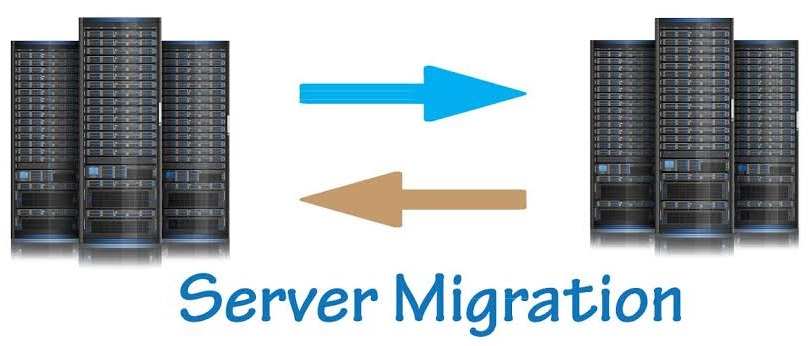Server & Hosting
We Provides Different Types of Hostings
Shared hosting and Web hosting:
Here you get shared space on the servers, i.e., your website shares server space with multiple other websites. It is an honest option if you are hosting for the first time. It is one of the most cost-effective ways of hosting. You get a free domain, email accounts, SSD disc space, unlimited bandwidth, SSL certificate, website builders, DBs, CPU cores, RAM, and other resources.
VPS hosting:
Virtual Private Hosting may be a form of hosting during which you get a dedicated IP. The server space is split like within the share but virtually. The server is split into virtual blocks and every block is allocated to the user. Here, you got the freedom to settle on an operating system. It also provides scalability of resources. This is often preferred for middle-scale businesses.Dedicated hosting:
Here you owe the whole server. There is no sharing of server resources. It's good for enterprise- level websites with more traffic on them.Cloud hosting:
It's well suited for small and enormous-scale businesses. This is often the most commonly used hosting type because it provides scalability, reliability, and security at a manageable cost. This again works on virtualization, and therefore the chances of knowledge loss are nearly zero with cloud hosting. It's always better to require managed cloud hosting if you are a newcomer to this domain.Private Cloud:
A private cloud is a type of cloud computing model that is dedicated to a single organization, providing a secure and controlled environment for storing, processing, and managing data and applications. Unlike public clouds, which are shared among multiple users and managed by third-party providers, private clouds are hosted either on-premises within the organization's data centers or by a private cloud service provider. One of the key advantages of a private cloud is its enhanced security and privacy controls, allowing organizations to have full control over their data and infrastructure. This level of control enables businesses to comply with regulatory requirements and industry standards more effectively.
WINDOW SERVERS
We provides different types of Window Server Services , that is:
- * Implementation Web Development
- * Web Management
- * IIS-Internet information Services
- * Plesk installation configuration & troubleshooting
- * MSSQL
- * Database
- * Managing and Troubleshooting
- * Active Directory Domain Services(ADDS)
- * WSUS Configuration
- * DNS Management
- * Implementation Of Domain Environment
- * DHCP Implementation
- * Exchange Server Management
- * AWS Cloud Management
- * Microsoft Azure Management
- * GCP Cloud Management
- * Private Cloud Management

LINUX SERVERS
We provides different types of Linux Server Services , that is:
- * Tomcat
- * LVM Management
- * RAID
- * Server Administration & Apache
- * cPanel & WHM Configure and trobleshooting
- * Plesk installations and configuration on all linux distributions
- * MySQL Database Configuration & Management
- * Zimra Mail Server Management
- * Backup & Script Automations

SERVER MIGRATION
Server migration describes copying critical data from one server to another server, ss well as configuration that target server to replace the first . In the context of web hosting , server migration might resolve around setting up web server and database software, copying website and their configuration, or changing DNS parameters to direct visitors to the new target server.
We provides different types of Server migration Services , that is:
Storage migration:
Storage migration refers to the process of moving data from one storage system to another while ensuring minimal disruption and data integrity. This can involve transferring data between different types of storage devices such as hard disk drives (HDDs), solid-state drives (SSDs), or cloud storage solutions. Storage migration is often performed to upgrade storage infrastructure, optimize performance, or consolidate data across platforms. Proper planning, data validation, and testing are crucial aspects of storage migration to mitigate risks and ensure a smooth transition without data loss or downtime.
